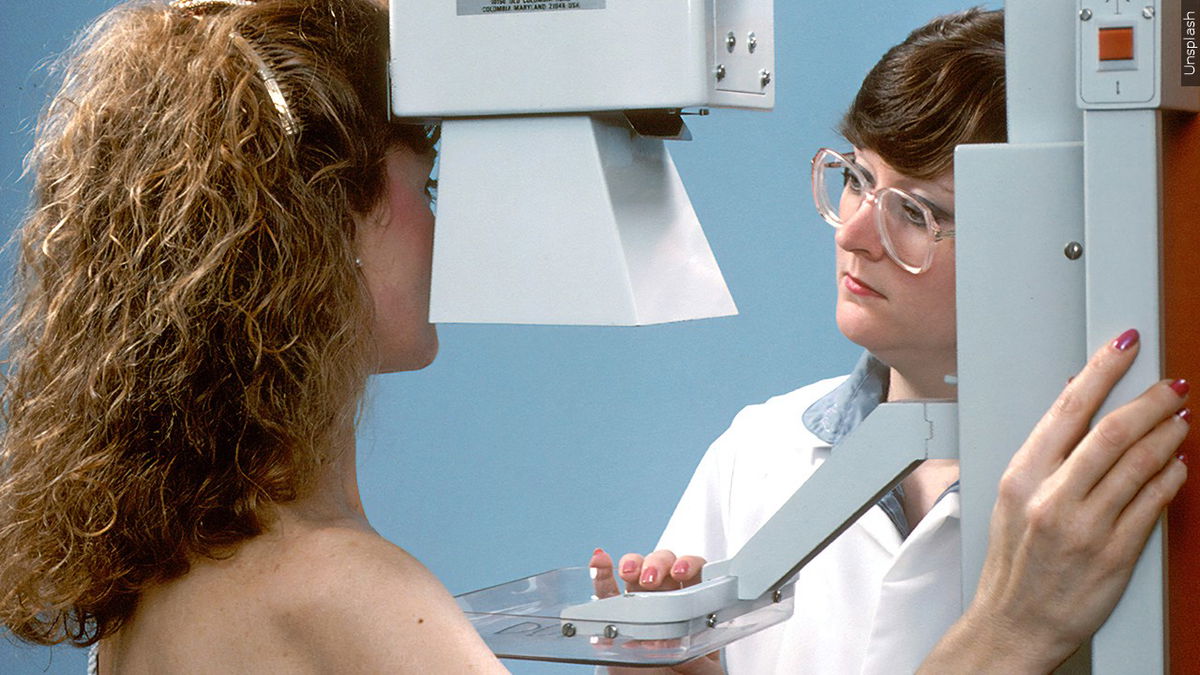Idaho’s Mammogram stats among the worst in the Nation, Doctor debunks myths surrounding life-saving screenings

Megan Lavin
IDAHO FALLS, Idaho (KIFI) — The rate of women receiving mammograms in Idaho is significantly lower than the national average, with some measurements ranking it near last. Considering that approximately 1 in 8 women will face a breast cancer diagnosis in their lifetime, this concerning trend is prompting Idaho doctors to speak out.
“Idaho has about average incidents of breast cancer, but the number of women who actually decide to have mammograms performed is one of the lowest in the nation. Last year, I think ranked 50th in the nation,” said Dr. Enslow, MD, a lead radiologist.
Dr. Enslow sat down with Local News 8’s Megan Lavin to explain his worries and clear up several common misconceptions that are preventing women from seeking this life-saving screening.
Major Mammogram Misconceptions
Dr. Enslow highlighted several of the most common misinterpretations or errors in thinking that are keeping Idaho women from their yearly exams.
The first and perhaps most dangerous misconception is the belief that if a woman performs self-exams and doesn’t feel a lump, she doesn’t need a mammogram. Dr. Enslow says this is false and potentially life-threatening because mammograms are designed to detect abnormalities, like early-stage cancer, long before they are large enough to be felt.
“If you can feel a lump that ends up being breast cancer, usually it’s too late,” warns Dr. Enslow.
Secondly, many women mistakenly believe that screenings are too expensive or that they will have to pay out of pocket. The reality is that screening mammograms are covered by virtually all insurance plans, says Dr. Enslow, and women should call their provider to confirm coverage for their yearly appointment.
Finally, the third misconception is that women don’t need a mammogram every year. Dr. Enslow confirms that a yearly screening for women 40 and above is considered non-negotiable by medical professionals, as consistent, annual screenings provide doctors with a necessary baseline to monitor changes over time.
The Power of Early Detection
Dr. Enslow tells us the data on early detection is clear. Catching breast cancer when it is small dramatically improves outcomes and reduces the need for aggressive treatments. Leading cancer researchers note that if cancer is caught before it is 1 centimeter in size, patient outcomes are significantly better.
“Usually, they’ll remove them with a small surgery called a lumpectomy; they may offer radiation, but usually you won’t need chemotherapy,” Dr. Enslow told Local News 8.
He stressed that when breast cancer is found early, “treatments are much more effective and much less invasive than if it’s a progressed cancer.”
Putting Fears to Rest: A Reporter’s Experience
To help remove any stigma or nervousness associated with the test, Local News 8’s Megan Lavin received her own mammogram during the interview. The appointment takes only about 15 minutes and, while she noted it was uncomfortable, she stressed that it was not painful.
Results are typically sent by mail within about a week. Dr. Enslow forewarned that many patients who have their first mammogram get called back in for follow-up images; He says this is pretty standard because there is often no prior baseline image for comparison, and it is not an automatic cause for worry.
While October is Breast Cancer Awareness Month, Dr. Enslow reminds all women 40 and above that they can and should schedule this important test year-round.